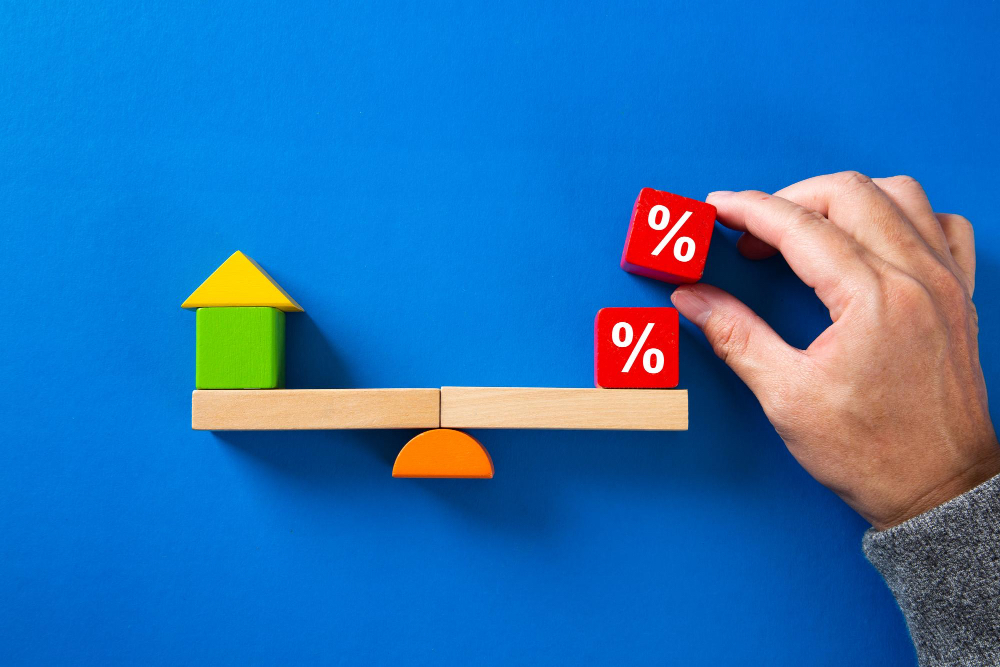The Price-to-Sales (P/S) ratio is more than just a number; it’s a key indicator of a company’s value in the eyes of investors. But what really drives this ratio up or down? By diving into factors like revenue growth, profit margins, and industry trends, we can better understand how the P/S ratio reflects a company’s true market potential. access the website which can help elucidate the factors influencing the Price to Sales ratio, offering insights that refine investment strategies.

Post Contents
Revenue Growth: A Core Component of P/S Ratio Fluctuations
Revenue growth is like the heartbeat of a company’s financial health. It’s not just about the numbers ticking upward; it tells a story of how well a business is capturing market demand and scaling its operations. A company with robust revenue growth often enjoys a higher Price-to-Sales (P/S) ratio.
But why is that? Investors tend to favor companies that show a strong upward trajectory in sales, assuming that if sales are booming now, profits might follow soon. This is especially true for early-stage companies or sectors where earnings aren’t solid yet but potential is massive.
Think of it like planting a garden. You might not have any flowers yet, but if your plants are growing taller and stronger every day, you’re optimistic about a future full of blooms. Similarly, if a company’s revenue is climbing steadily, investors might accept a higher P/S ratio because they’re betting on that future prosperity.
But let’s not get ahead of ourselves. Just because revenue is growing doesn’t mean the P/S ratio should be sky-high. If the growth is driven by unsustainable factors—like deep discounts or short-term market trends—it might not last. Remember the dot-com bubble? Many companies had fantastic revenue growth rates, but they weren’t sustainable, and their P/S ratios plummeted when reality set in.
So, when looking at revenue growth as a factor, it’s smart to ask: Is this growth sustainable, or is it a flash in the pan? Understanding the difference can help you make smarter investment decisions.
Profit Margins and Their Effect on the P/S Ratio
Profit margins are the difference between making a buck and just breaking even. A company might be pulling in millions in sales, but if its costs are sky-high, it might not see much profit. This is where profit margins come into play. Companies with higher profit margins generally have better P/S ratios. Why? Because they keep more of each dollar they earn.
Imagine running a lemonade stand. If you sell a cup for $1 and your cost is 90 cents, you only make 10 cents profit. But if another stand sells a cup for the same price but only spends 50 cents to make it, they make 50 cents profit. Who’s more likely to attract investors? The second stand, of course, because it’s more efficient and profitable.
Profit margins show how well a company controls its costs. A higher profit margin often indicates a competitive advantage, whether through cost leadership or premium pricing strategies. Investors are usually willing to pay a premium for shares of a company that operates efficiently, leading to a higher P/S ratio.
However, it’s worth noting that a high profit margin isn’t always permanent. Changes in the market, increased competition, or higher costs can squeeze margins. So, when considering the impact of profit margins on the P/S ratio, it’s good to dig into how those margins are being maintained and whether they can hold up over time.
Industry Benchmarks: Contextualizing the P/S Ratio
Not all industries are created equal, especially when it comes to financial metrics like the P/S ratio. Think about it: comparing the P/S ratio of a tech startup to a traditional manufacturing company is like comparing apples to oranges. The business models, growth expectations, and risk profiles are just too different.
That’s why it’s important to compare P/S ratios against industry benchmarks. If you see a company with a P/S ratio that’s much higher than its peers, it could signal that the market expects big things from it—or it could be a sign of overvaluation. On the flip side, a P/S ratio that’s much lower than the industry average might mean the company is undervalued or facing some challenges.
For example, consider the retail sector. Companies like Walmart and Amazon often have different P/S ratios, even though they’re both in retail. Walmart, with its established market and lower growth expectations, typically has a lower P/S ratio compared to Amazon, which is constantly innovating and entering new markets. This doesn’t mean one is better than the other, but it shows how their P/S ratios reflect different expectations and realities.
So, when you’re evaluating a company’s P/S ratio, make sure to look at the bigger picture. Are you comparing it to similar companies with similar market dynamics? This context will help you understand whether the ratio is signaling an opportunity or a warning sign.
Conclusion
Understanding the P/S ratio requires more than just looking at sales figures. It involves examining growth trends, profitability, and how a company stacks up against industry peers. By analyzing these elements, we gain insights into whether a stock is undervalued or overhyped. Always combine this analysis with expert advice and thorough research to make informed investment decisions.